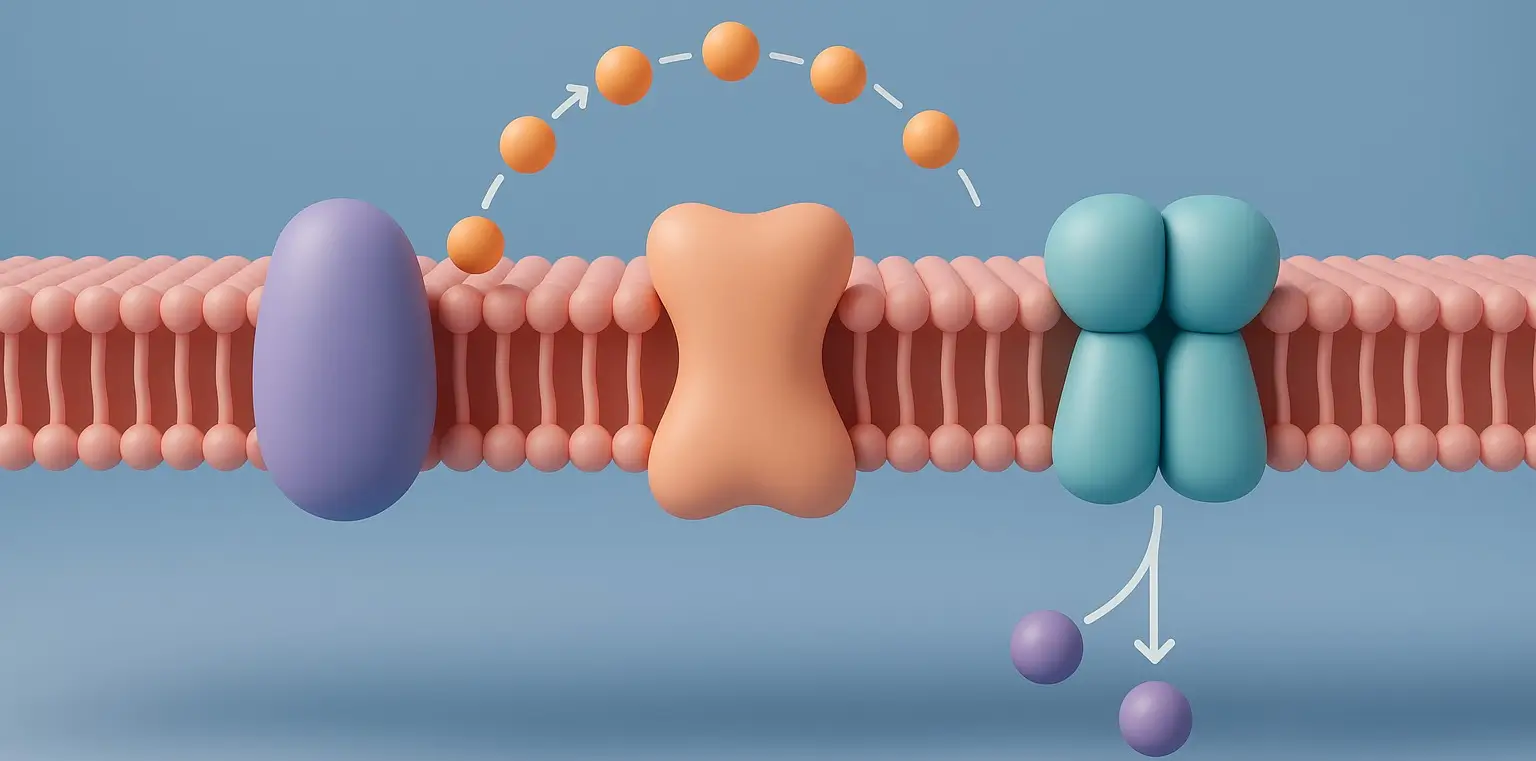- The Electron Transport Chain (ETC), located in the inner mitochondrial membrane, is the final phase of cellular respiration and a key step in ATP production through oxidative phosphorylation.
- ETC involves a series of protein complexes and electron carriers that transfer electrons from NADH and FADH2 to molecular oxygen, creating a proton gradient that drives ATP synthesis.
Steps of the Electron transport chain and Mechanism
-
Electron Donation of Electron transport chain
- NADH and FADH2 (from glycolysis, the citric acid cycle, and beta-oxidation) donate electrons to the ETC.
- NADH transfers electrons to Complex I, while FADH2 transfers to Complex II.
-
Complex I: NADH oxidoreductase
- Accepts electrons from NADH, transferring them to ubiquinone (Q).
- Pumps 4 protons (H+) into the intermembrane space, contributing to the proton gradient.
-
Complex II: Succinate oxidoreductase
- Accepts electrons from FADH2 and transfers them to ubiquinone.
- Does not pump protons.
-
Ubiquinone (Q) and Complex III: Cytochrome bc1
- Ubiquinol (QH2) transfers electrons to Complex III, which passes them to cytochrome c.
- Pumps additional protons into the intermembrane space.
-
Cytochrome c and Complex IV: Cytochrome c oxidase
- Cytochrome c transfers electrons from Complex III to Complex IV, which transfers them to oxygen (O2), forming water (H2O).
- Complex IV also pumps protons, increasing the proton gradient.
-
Proton Gradient and ATP Synthesis of Electron transport chain
- The proton gradient (proton motive force) drives protons back into the mitochondrial matrix through ATP synthase, coupling their movement with the conversion of ADP to ATP.
- In summary, the ETC transfers electrons from NADH and FADH2 to oxygen, generating a proton gradient that powers ATP synthesis.
Click Here to Watch the Best Pharma Videos
Advertisements

